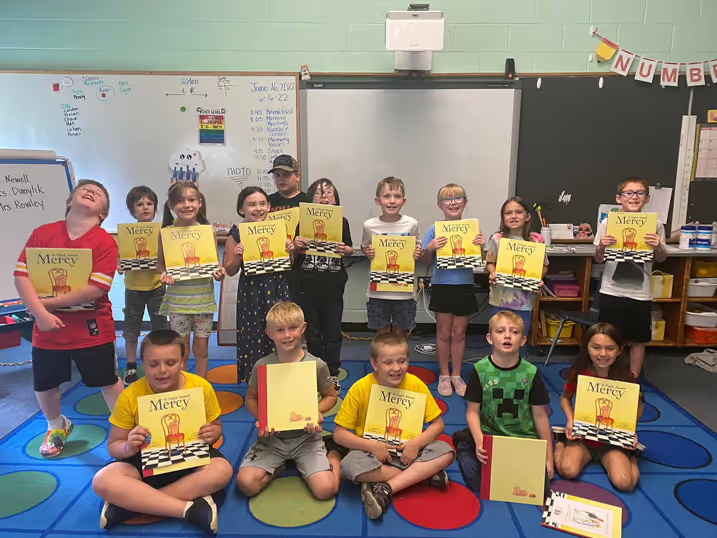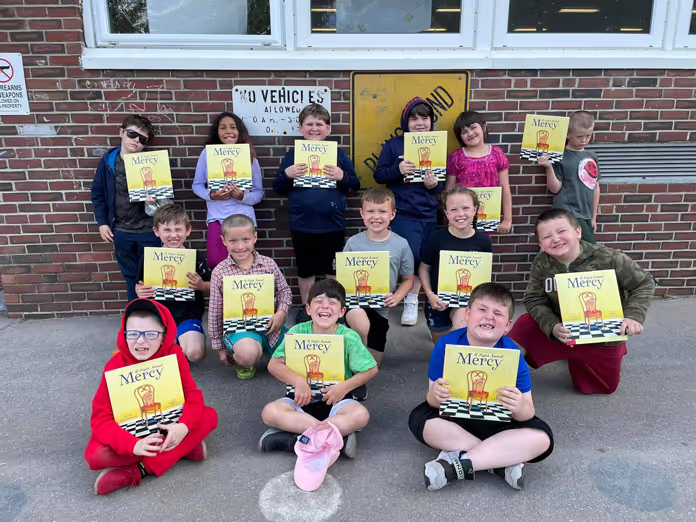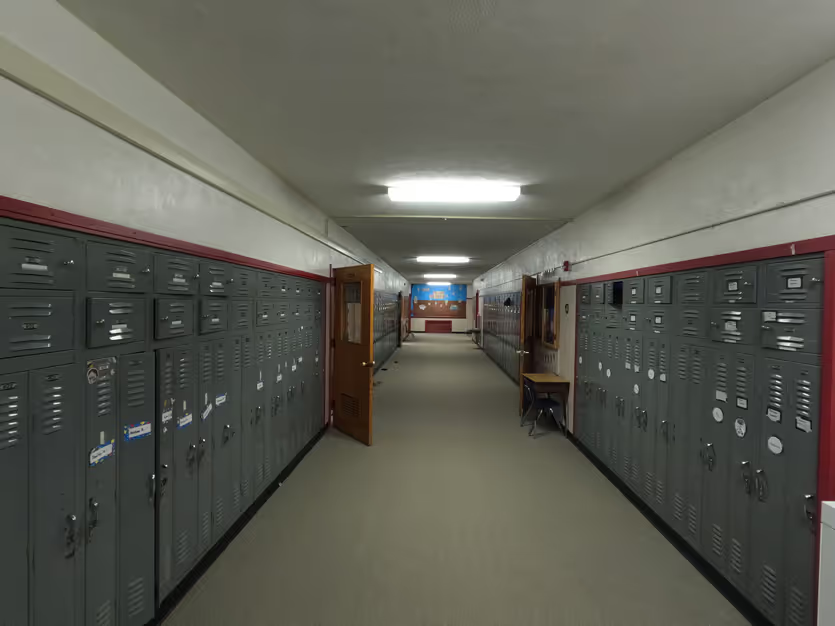What makes a principal stand out?
Elementary school principals are a special breed. They don’t teach, but they help their teachers teach. They don’t coach, but they know all about motivation, training, and grit. They don’t write curriculum, but they have to be able to analyze and deliver curriculum in effective ways for their particular school. They also have the special privilege and challenge of seeing the big picture.
When we first moved to rural Maine a few years ago and started Team Long Run, I went in to speak to an elementary school principal in our hometown. I had been impressed with her executive skills and the way she treated the faculty and students and I wanted to learn more. I asked her about her school and the poverty and low literacy rates. She nodded and said,
“We have all the problems poor urban school districts have, but we’re invisible, nobody seems to know or care.”
Poverty is not the first thing that comes to mind when we envision a beautiful New England town, but it’s there, and the principals know it.
The principal we have highlighted in this video knows all about working in a town where the industry has all but died, but the people have stayed. Rumford, Maine was a successful mill town for decades. Now there is only one mill at work and lots of unemployment. A bright spot in the town is its elementary school. And a bright spot in that school, Rumford Elementary, is its principal, Jill Bartash.

Since TLR began working with REL two years ago, we have been amazed at her resilience, optimism, and management skills. Her love for the kids and her staff is also a defining characteristic.
But why would a local nonprofit be giving books and active play programs to a public elementary school? Data, that’s why. The research shows clearly that books in a child’s home is one of the clearest indications of success in early literacy. And children from high poverty homes don’t have them.

REL is a Title 1 school and 85% of its families fall into that category. That’s where we saw a window of opportunity to help. Getting books to elementary school students through their classroom teachers (who choose the books from their curriculum) engages families when they take them home; enhances learning in the classroom; and enriches the child by adding to their home library.
Which leads us to why doesn’t a school’s budget cover these books? Here’s one answer from NonProfit Quarterly:
“Public schools rely on a fickle source to pay their bills—property taxes. When property values decline, so does locally generated revenue, leaving school leaders to figure out how to adjust. In economically struggling communities, districts are often forced to either cut back educational programs to reduce expenses or lobby their states to pay more of their bills.”
When a town is economically distressed, nonprofits can help. Principal Bartash was initially skeptical. She says in the attached video interview, she wondered, “What was the catch?” But there was no catch, only help. In fact, after seeing the impact of our Brown Bag Books program on her students, Jill suggested we partner with another local nonprofit who was looking to fund programs that would benefit families in Rumford, Friends of the River Valley.
Through our partnership with Jill, we have been able to introduce another leg to our stool: Active Play during school, in the classrooms. Our innovative, flexible, non-technology program, Sizzle and Pop, has been introduced into every classroom at Rumford Elementary. Teachers can take a quick movement break with their students just by asking one of them to choose a Sizzle and Pop exercise, stand up and do it. Some like the Octopus best (waving your arms around) others prefer the Armadillo where jumping straight up in the air is the signature move. Whichever movement is chosen, it gets the kids moving, focused and ready to get back to work.

%402x.svg)








